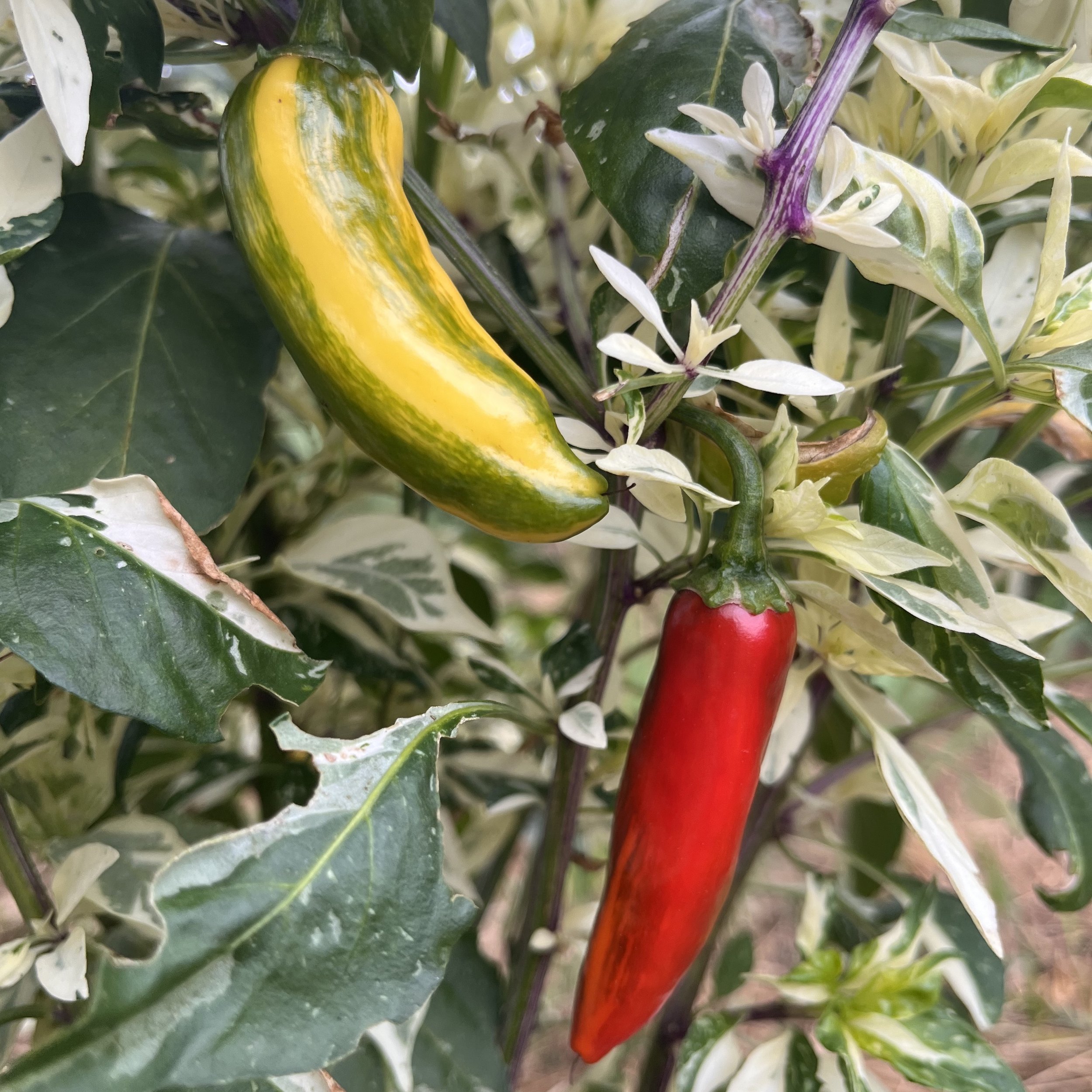 Image 1 of
Image 1 of


Bean, Provider
Product Description: (Phaseolus vulgaris) This dependable green bean was first introduced by Dr. Hoffman of the U.S. Vegetable Laboratory in South Carolina. Due to its ability to germinate in cooler soils, it is well-suited for an earlier spring planting. Compact plants produce a prolific amount of round, light green pods about 5 inches in length. This variety offers resistance to both powdery mildew and bean mosaic virus. Bush habit. Open-pollinated. 50 seeds per packet.
Growing Information: Plant outdoors in well-drained soil after all danger of frost has passed. Germination occurs best in soils 60 degrees F or above. Direct seed roughly 2 inches apart and 1 inch deep. Space rows about 3 feet apart. For succession plantings, 2-3 week intervals are most productive. Harvest as often as possible to encourage the growth of new pods. 50 days to maturity.
How To Save Bean Seeds
Allow the plant to dry out completely. Mature pods will be brown and brittle. Make sure that your plants are receiving adequate airflow to prevent excessive moisture and mold growth throughout the drying process. However, a small amount of mildew spotting on the outside of drying pods is completely normal and has no reason for concern. Once dry, harvest the seed pods and crack them open. Sort out any damaged, misshapen, or rotting beans. Continue the drying process if necessary then store them in a cool, dry place.
Product Description: (Phaseolus vulgaris) This dependable green bean was first introduced by Dr. Hoffman of the U.S. Vegetable Laboratory in South Carolina. Due to its ability to germinate in cooler soils, it is well-suited for an earlier spring planting. Compact plants produce a prolific amount of round, light green pods about 5 inches in length. This variety offers resistance to both powdery mildew and bean mosaic virus. Bush habit. Open-pollinated. 50 seeds per packet.
Growing Information: Plant outdoors in well-drained soil after all danger of frost has passed. Germination occurs best in soils 60 degrees F or above. Direct seed roughly 2 inches apart and 1 inch deep. Space rows about 3 feet apart. For succession plantings, 2-3 week intervals are most productive. Harvest as often as possible to encourage the growth of new pods. 50 days to maturity.
How To Save Bean Seeds
Allow the plant to dry out completely. Mature pods will be brown and brittle. Make sure that your plants are receiving adequate airflow to prevent excessive moisture and mold growth throughout the drying process. However, a small amount of mildew spotting on the outside of drying pods is completely normal and has no reason for concern. Once dry, harvest the seed pods and crack them open. Sort out any damaged, misshapen, or rotting beans. Continue the drying process if necessary then store them in a cool, dry place.
Product Description: (Phaseolus vulgaris) This dependable green bean was first introduced by Dr. Hoffman of the U.S. Vegetable Laboratory in South Carolina. Due to its ability to germinate in cooler soils, it is well-suited for an earlier spring planting. Compact plants produce a prolific amount of round, light green pods about 5 inches in length. This variety offers resistance to both powdery mildew and bean mosaic virus. Bush habit. Open-pollinated. 50 seeds per packet.
Growing Information: Plant outdoors in well-drained soil after all danger of frost has passed. Germination occurs best in soils 60 degrees F or above. Direct seed roughly 2 inches apart and 1 inch deep. Space rows about 3 feet apart. For succession plantings, 2-3 week intervals are most productive. Harvest as often as possible to encourage the growth of new pods. 50 days to maturity.
How To Save Bean Seeds
Allow the plant to dry out completely. Mature pods will be brown and brittle. Make sure that your plants are receiving adequate airflow to prevent excessive moisture and mold growth throughout the drying process. However, a small amount of mildew spotting on the outside of drying pods is completely normal and has no reason for concern. Once dry, harvest the seed pods and crack them open. Sort out any damaged, misshapen, or rotting beans. Continue the drying process if necessary then store them in a cool, dry place.





